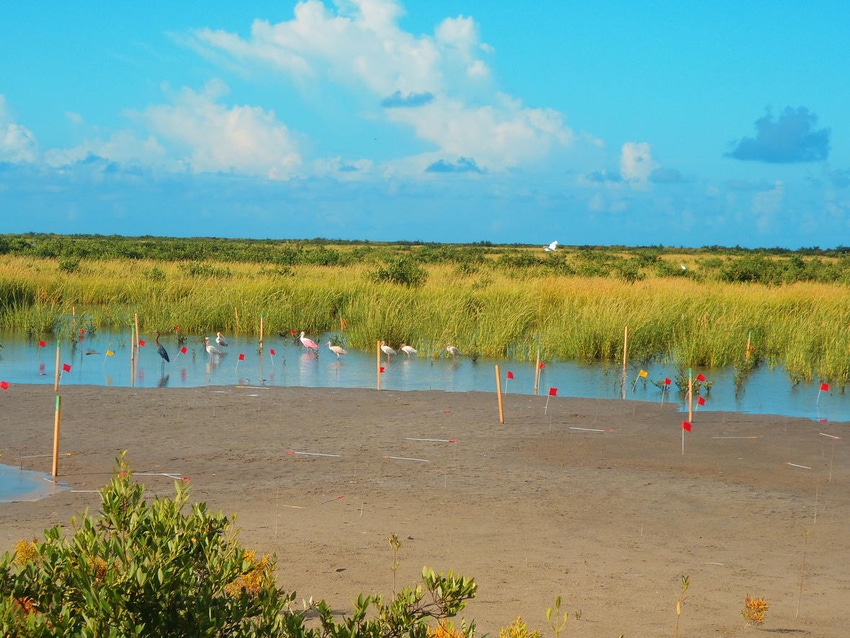Subscribe to Our Newsletters
Feedstuffs is the news source for animal agriculture
Study predicts that changes in rainfall and temperature will transform wetlands in Gulf of Mexico and around the world within the century.
January 26, 2017

You May Also Like